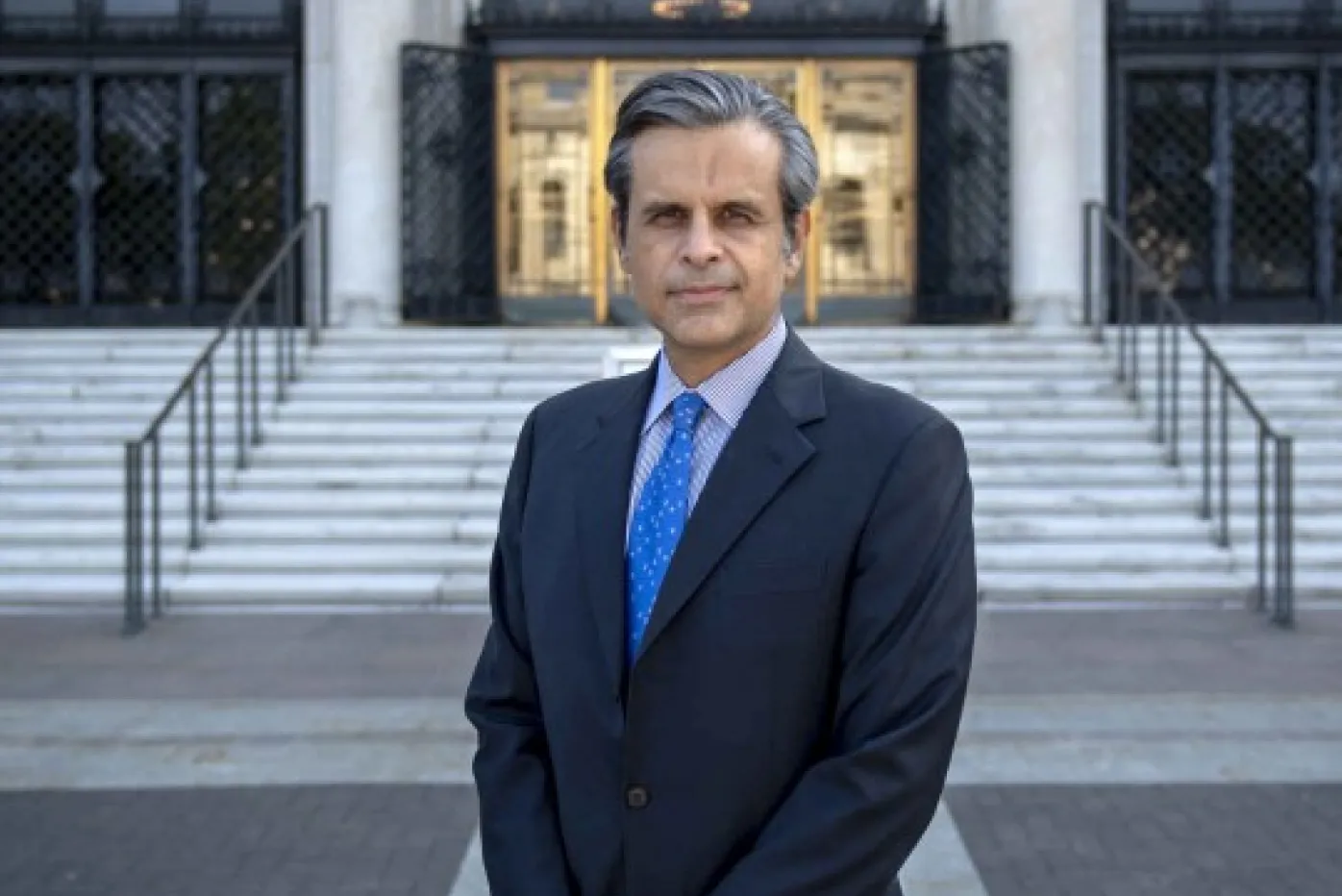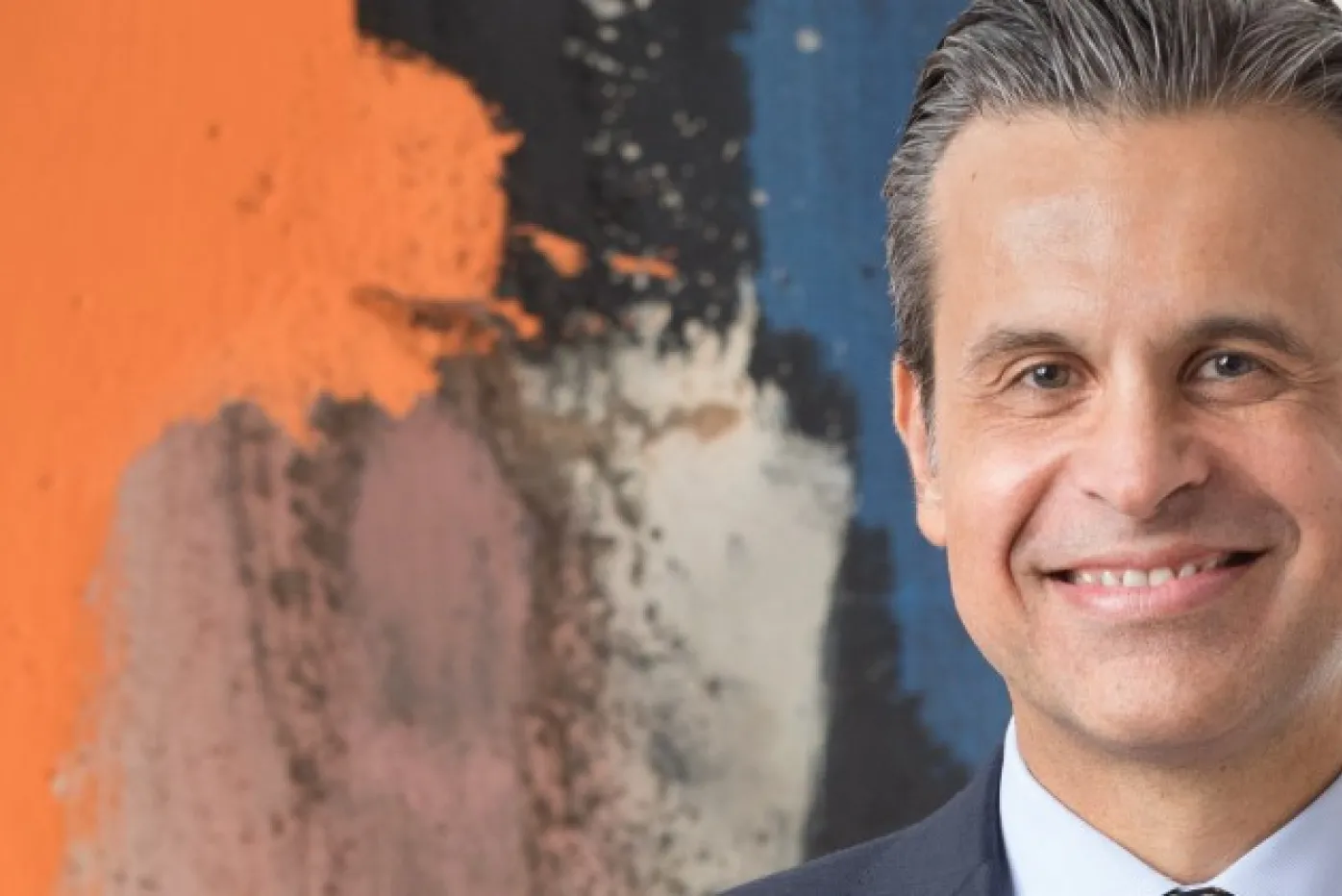Director's Letter, January 2017
Updated Jul 20, 2022
I was born and raised in Madrid, and every Christmas I travel to Spain to celebrate the holiday season with my family. Madrid is a city with deep-rooted cultural traditions, which I thoroughly enjoy, including returns to my favorite tapas bars and long walks in the city center ending at the Plaza Mayor (the town square). Madrid is festively lit up, the streets bursting with people; there is always much to do and friends to catch up with. There is one I always pay my respects to during my visits: the Prado Museum.
The Prado is the house of many "friends" dating back to my teenage years: El Greco, Velázquez, Goya, Rubens, Caravaggio, Raphael, Titian, and many others. They are all long-dead artists but their works, magnificently installed in the galleries, are a lively greeting every time I visit. They have seen me at different stages of my life, and their welcoming presence has persisted loyally over the years. With the passage of time we change, but the masterpieces remain generally unaltered and eloquently beautiful. These thoughts came to my mind as I was wandering in the Prado galleries, and I also thought about our museum where I have many "friends," too. However, at the DIA our artists come from all over the world (as opposed to just Europe, like at the Prado) and their works span dozens of centuries. Some of our objects are, indeed, millenary, and our collection reflects, like very few others, some of the greatest accomplishments of humanity.
One of the facets I enjoy most about working at the DIA is that every year, thanks to our generous endowments restricted only for acquiring art, we bring to the museum amazing new objects by artists from all over the globe. This year, for instance, we acquired Bird by David Hammons, one of the greatest contemporary living masters. It is a work of powerful fragile presence, created using found objects, boldly telling the story of the relationship of our African American communities with music and sports--so important in Detroit. We also purchased a nineteenth-century Korean screen, Lotus Pond (right), which will be on view in our new Asian Galleries in 2018. This inspiring work was included in the 2016 list of top museum art acquisitions selected by Apollo Magazine, a prestigious British art journal. Furthermore, we acquired a large wood, polychrome sculpture, Virgin and Child, by a Spanish "friend" from the eighteenth century, Luis Salvador Carmona. This work was so famous in Madrid that the Catholic Church proclaimed anybody praying the Salve Regina (Hail Holy Queen) in front of it would receive forty days of indulgences. These "powers" granted to art objects are found not only in European cultures but also in African cultures and those from other places, reminding us of the utilitarian aspects of these artifacts. It isn't always just about beauty!
It felt like I was home when I came back to Detroit after the New Year. Before I got my daily coffee at Kresge Court, I wandered in our magnificent galleries and saluted some of my "friends." From our murals by Mexican master Rivera to our extraordinary Islamic and African collections, I travelled the world in my short walk. I then thought of the Prado Museum--my second favorite museum.
I was born and raised in Madrid, and every Christmas I travel to Spain to celebrate the holiday season with my family. Madrid is a city with deep-rooted cultural traditions, which I thoroughly enjoy, including returns to my favorite tapas bars and long walks in the city center ending at the Plaza Mayor (the town square). Madrid is festively lit up, the streets bursting with people; there is always much to do and friends to catch up with. There is one I always pay my respects to during my visits: the Prado Museum.
The Prado is the house of many "friends" dating back to my teenage years: El Greco, Velázquez, Goya, Rubens, Caravaggio, Raphael, Titian, and many others. They are all long-dead artists but their works, magnificently installed in the galleries, are a lively greeting every time I visit. They have seen me at different stages of my life, and their welcoming presence has persisted loyally over the years. With the passage of time we change, but the masterpieces remain generally unaltered and eloquently beautiful. These thoughts came to my mind as I was wandering in the Prado galleries, and I also thought about our museum where I have many "friends," too. However, at the DIA our artists come from all over the world (as opposed to just Europe, like at the Prado) and their works span dozens of centuries. Some of our objects are, indeed, millenary, and our collection reflects, like very few others, some of the greatest accomplishments of humanity.
One of the facets I enjoy most about working at the DIA is that every year, thanks to our generous endowments restricted only for acquiring art, we bring to the museum amazing new objects by artists from all over the globe. This year, for instance, we acquired Bird by David Hammons, one of the greatest contemporary living masters. It is a work of powerful fragile presence, created using found objects, boldly telling the story of the relationship of our African American communities with music and sports--so important in Detroit. We also purchased a nineteenth-century Korean screen, Lotus Pond (right), which will be on view in our new Asian Galleries in 2018. This inspiring work was included in the 2016 list of top museum art acquisitions selected by Apollo Magazine, a prestigious British art journal. Furthermore, we acquired a large wood, polychrome sculpture, Virgin and Child, by a Spanish "friend" from the eighteenth century, Luis Salvador Carmona. This work was so famous in Madrid that the Catholic Church proclaimed anybody praying the Salve Regina (Hail Holy Queen) in front of it would receive forty days of indulgences. These "powers" granted to art objects are found not only in European cultures but also in African cultures and those from other places, reminding us of the utilitarian aspects of these artifacts. It isn't always just about beauty!
It felt like I was home when I came back to Detroit after the New Year. Before I got my daily coffee at Kresge Court, I wandered in our magnificent galleries and saluted some of my "friends." From our murals by Mexican master Rivera to our extraordinary Islamic and African collections, I travelled the world in my short walk. I then thought of the Prado Museum--my second favorite museum.


